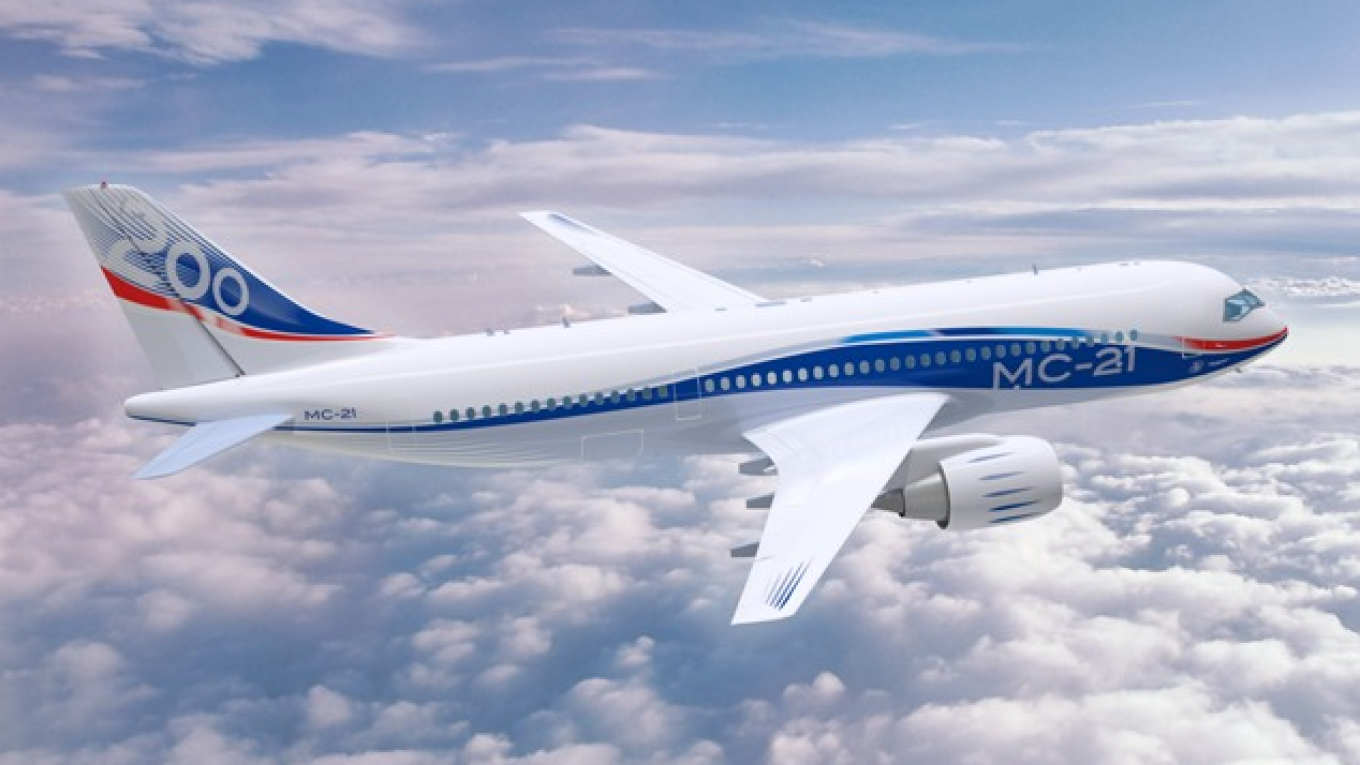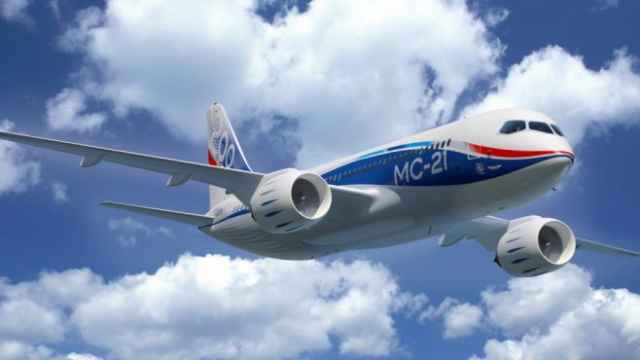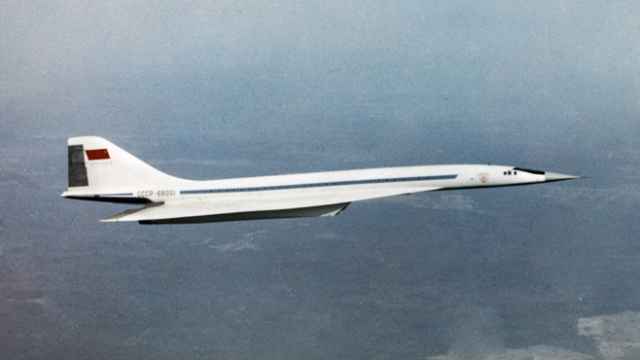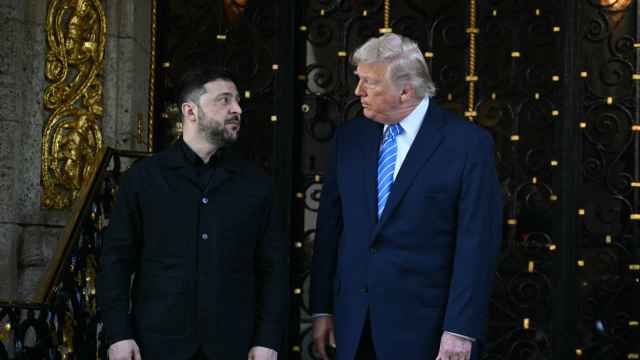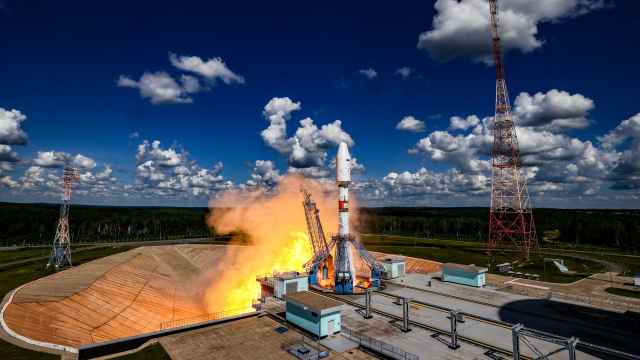Russia's next-generation civilian airliner will initially have to rely on foreign engines, Deputy Prime Minister Dmitry Rogozin lamented on Friday, but said that the country is on the verge of making a breakthrough in engine technology.
"Unfortunately, the first [three] new MC-21 aircraft will take off … using engines that were not produced in Russia. Only the fourth will have domestic engines," Rogozin was quoted as saying by Moskovsky Komsomolets.
The grounding of Boeing planes flown by Russian budget airline Dobrolyot by EU sanctions in July has highlighted the need for Russia to switch to homemade designs. Russian airlines are extremely vulnerable to the threat of further sanctions as 90 percent of the planes they use are Boeings and Airbuses leased from the West.
"It would be preferable, of course, to not depend on Canadians or on Americans in the field of engine construction, but this is the current situation. We are slightly behind, but we are catching up," Rogozin said after touring the Irkutsk Aviation Plant, where the MC-21 is being developed.
The government has already stepped in to bankroll investment in domestic civil aviation. Two weeks ago it backstopped a 3.3 billion ruble ($92 million) bond issue to finance the continued development of a new engine, the PD-14, which will power the MC-21. This week, it guaranteed a $400 million loan to finish development of the MC-21 by 2017.
But the MC-21 is just the beginning, Rogozin said Friday, with long-haul airliners and new military transport planes powered by Russian engines on the horizon.
"Russia is on the threshold of a major technological breakthrough in the field of aircraft engine design," Rogozin said. "It is important to monitor and maintain this process because powerful and reliable engines are needed for new aircraft."
Among Russia's plans is a joint project with China to develop a long-haul wide-bodied aircraft that can stand in for the Boeing 777 and Airbus A330 aircraft that dominate transcontinental and transoceanic routes.
A Message from The Moscow Times:
Dear readers,
We are facing unprecedented challenges. Russia's Prosecutor General's Office has designated The Moscow Times as an "undesirable" organization, criminalizing our work and putting our staff at risk of prosecution. This follows our earlier unjust labeling as a "foreign agent."
These actions are direct attempts to silence independent journalism in Russia. The authorities claim our work "discredits the decisions of the Russian leadership." We see things differently: we strive to provide accurate, unbiased reporting on Russia.
We, the journalists of The Moscow Times, refuse to be silenced. But to continue our work, we need your help.
Your support, no matter how small, makes a world of difference. If you can, please support us monthly starting from just $2. It's quick to set up, and every contribution makes a significant impact.
By supporting The Moscow Times, you're defending open, independent journalism in the face of repression. Thank you for standing with us.
Remind me later.


